Discover 15 Beautiful Homes That Inspired Iconic Books
Ever wonder where stories are truly born? Sometimes, all it takes is one creaky floorboard, a quiet study, or a view from a favorite window to ignite a literary masterpiece.
These aren’t just homes they’re the heartbeats behind beloved books, the very places where characters first whispered into existence.
From cozy cottages to grand estates, each of these 15 inspiring houses holds the spirit of the author who lived and wrote within its walls. Step inside, and see where fiction found its roots.
1. Greenway House (Agatha Christie)
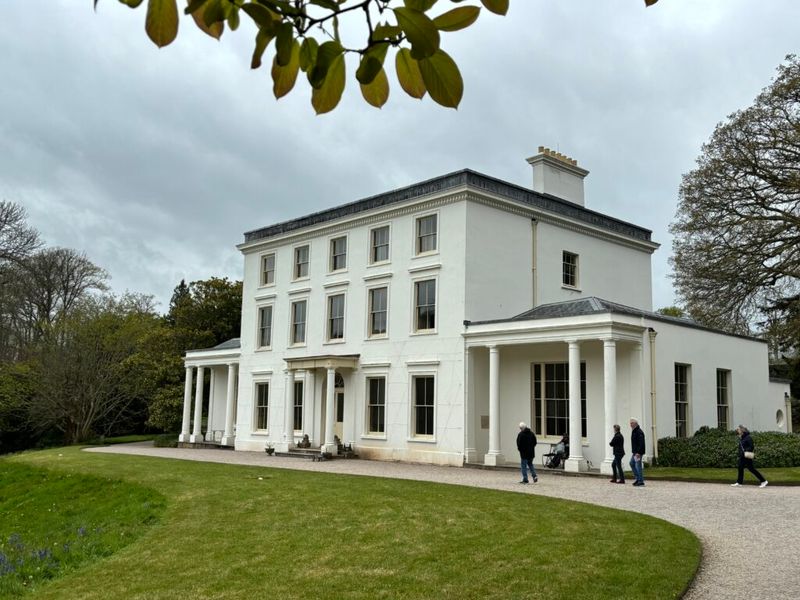
How many mysteries could bloom in the mind of Agatha Christie as she wandered Greenway’s gardens? The house gazes out over England’s sparkling River Dart, its white facade glowing in summer’s light.
If you peer closer, you’ll spot the bay windows where Christie drafted Hercule Poirot’s twisting adventures. The rooms remain filled with vintage charm—polished wood, family heirlooms, and porcelain treasures.
Greenway isn’t just a home; it’s a living museum of inspiration. Christie often described it as “the loveliest place in the world.” Fans can walk the same paths, imagining the secrets that lurk behind hedgerows. Clues linger in every room.
2. Hill Top (Beatrix Potter)
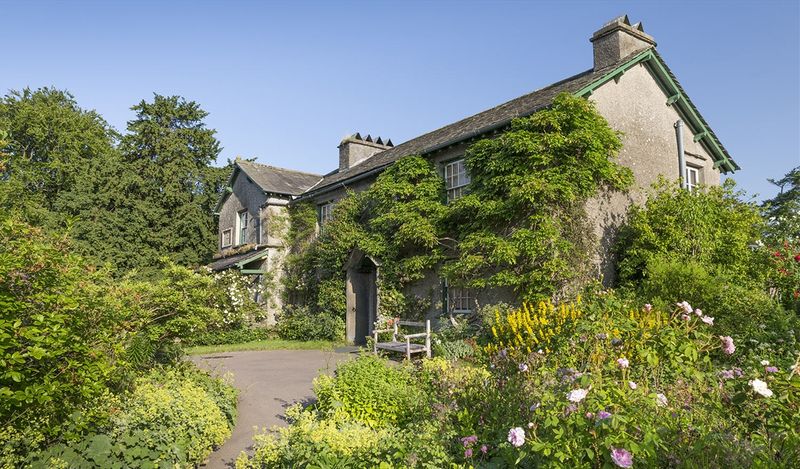
Did you ever meet Peter Rabbit or Jemima Puddle-Duck in your childhood dreams? Their world began at Hill Top, Beatrix Potter’s storybook cottage.
It’s tucked into England’s Lake District, brimming with wildflowers and old apple trees. Inside, I picture Potter sketching at the kitchen table, scenes inspired by real-life animals outside her window.
Every nook hides a bit of magic—a wooden staircase, a pantry pots, and painted walls. Hill Top breathes with whimsical possibility. Visitors still recognize familiar illustrations come to life. This little cottage transformed animal tales forever and gave generations a place to imagine.
3. The Brontë Parsonage (Brontë Sisters)

Where wild winds rush over Yorkshire’s moors, the Brontë sisters dreamed up haunted mansions, fierce heroines, and windswept love stories. The Parsonage is their literary cradle.
If you enter, creaking floors lead you through rooms filled with original furnishings. Charlotte, Emily, and Anne wrote by candlelight, their imaginations fueled by desolate vistas outside.
It’s no wonder that Jane Eyre or Wuthering Heights feel so real—this home’s isolation and beauty pulse within every word. The Brontë Parsonage is a pilgrimage for book lovers seeking the birthplace of gothic romance and wild, rebellious spirits.
4. Monk’s House (Virginia Woolf)
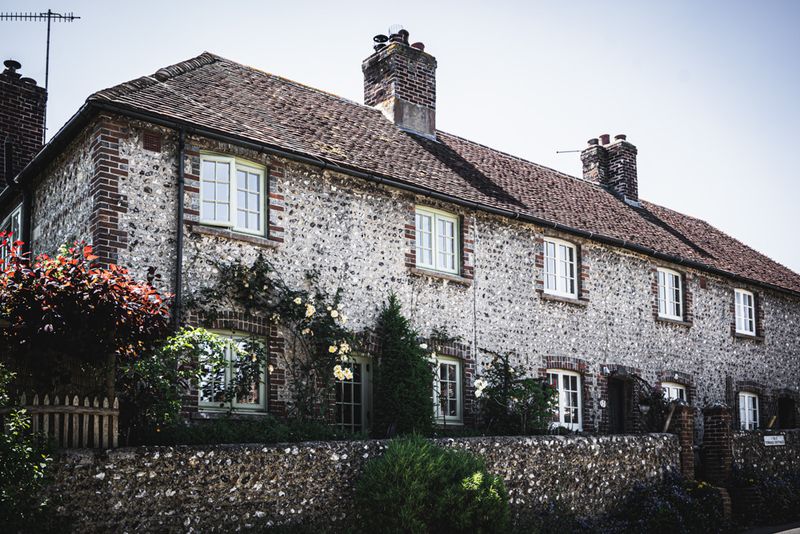
This is where Virginia Woolf’s words found rhythm among tangled roses and ancient apple trees. Monk’s House in Sussex became her creative haven.
Are the walls still echoing with Woolf’s laughter, or the Bloomsbury Group’s lively debates? I imagine sunlight streaming into Woolf’s writing lodge, where she penned “To the Lighthouse.”
If gardens could whisper, Monk’s House would tell secrets of friendship, art, and loss. The house remains delightfully bohemian, shelves brimming with books and artifacts from a life dedicated to beauty. It is as quietly revolutionary as Woolf herself.
5. Shirley Plantation (Ellen Glasgow)
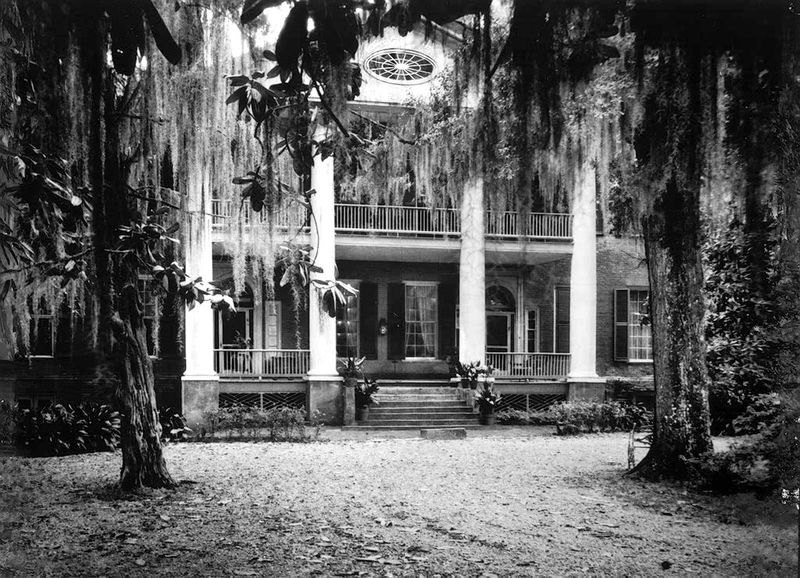
If grandeur could tell a story, Shirley Plantation’s stately halls would speak of Southern history and Ellen Glasgow’s literary vision. It’s Virginia’s oldest plantation, still owned by descendants.
This mansion inspired Glasgow’s “In This Our Life,” with sweeping staircases, sun-drenched parlors, and the hush of river breezes. I can almost hear the clink of teacups and political conversations.
Shirley Plantation holds the past in every brick. Visitors sense echoes of old traditions and drama where Glasgow found tales of family, social change, and resilience. Its legacy lingers among magnolia blossoms.
6. Casa Guidi (Elizabeth Barrett Browning)

Where love letters drifted on Florentine air, Casa Guidi became a sanctuary for poets Elizabeth Barrett and Robert Browning. Its warm, sun-dappled rooms are filled with Italian elegance.
It’s easy to picture Elizabeth composing verses at her desk, glancing over the busy piazza below. The house is filled with books, velvet drapes, and memories of their creative partnership.
Casa Guidi’s balcony still offers a view of golden sunsets. For literature lovers, it’s a place to feel love’s inspiration—a home where poetry grew alongside hope and freedom, far from England’s gray skies.
7. The Old Vicarage, Grantchester (Rupert Brooke)
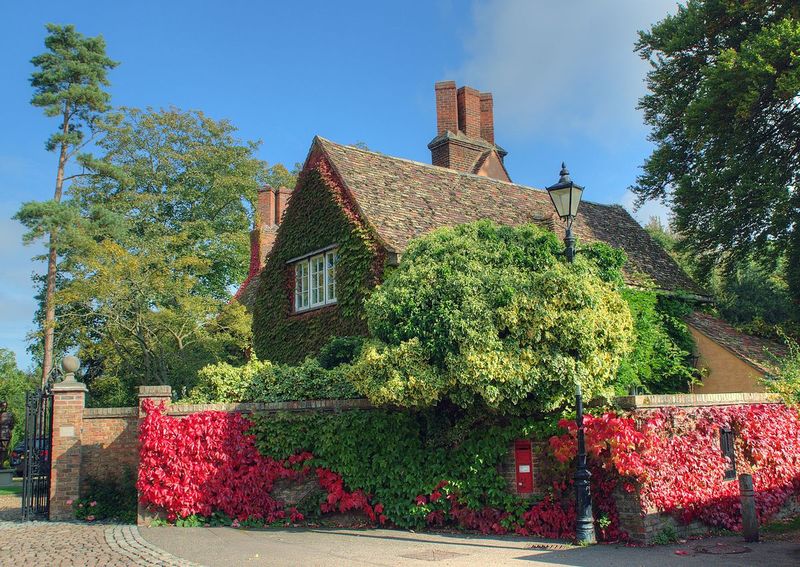
When I think of lazy English afternoons, the Old Vicarage at Grantchester instantly comes to mind. Poet Rupert Brooke found his muse here, just outside Cambridge.
How would it feel to write under ancient trees, river willows brushing the water? Brooke’s verses echo the vicarage’s peaceful ambiance and the timeless charm of its gardens.
Poetry fans often picnic beneath the roses, reciting his lines about nostalgia and longing. The home itself remains a gentle refuge, an emblem of idyllic countryside life that shaped a generation of poetry.
8. Orchard House (Louisa May Alcott)
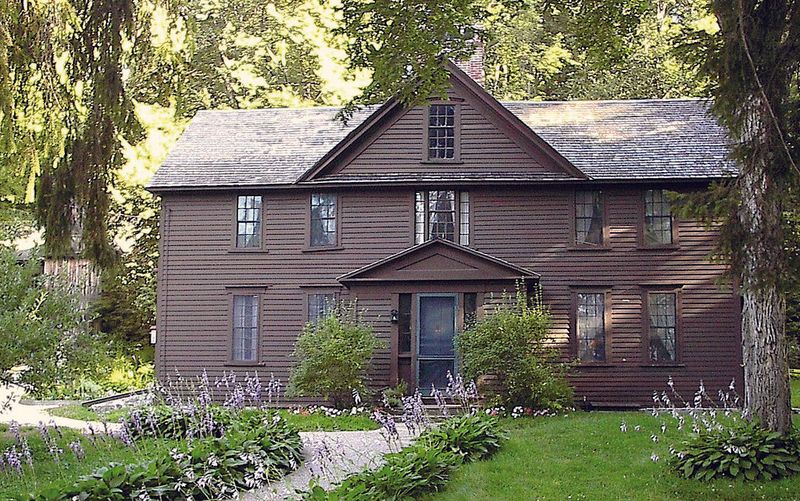
Little Women began in Orchard House, where Louisa May Alcott’s family life inspired the March sisters’ adventures. Each room still feels alive with laughter and conversation.
Are you picturing Jo scribbling stories in the attic? The house’s sunny kitchen and modest parlor reflect genuine warmth—real events from Alcott’s life shaped every chapter.
Orchard House stands as a tribute to sisterhood, creativity, and courage. Fans often sense deja vu as details from the novel spring to life before their eyes. This home is a living link to literary history.
9. Villa Diodati (Byron, Shelley, Polidori)
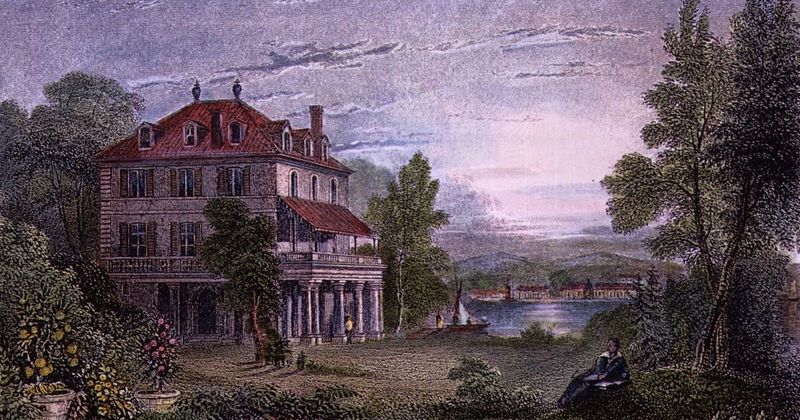
Imagine a dark and stormy night by Lake Geneva. Villa Diodati’s grand halls once echoed with laughter from Byron, Shelley, and Polidori. This is the birthplace of Frankenstein and the vampire genre.
The villa’s Gothic architecture rises dramatically from the lakeshore. Here, ghost stories and wild imaginations thrived during the famous ‘year without a summer.’
Villa Diodati remains a magnet for fans of horror and romance. Its legacy is felt in every thunderclap and candlelit corridor. If legends could haunt a place, it would be here, beside the water.
10. The Mount (Edith Wharton)

What happens when a brilliant writer designs her own country estate? Edith Wharton’s The Mount in the Berkshires is her answer—classic, serene, and inviting.
Did Wharton draft “Ethan Frome” while gazing across the terraced gardens? The Mount’s sunlit rooms, flowing drapes, and woodland views reflect her love of order and beauty.
I find the formal gardens especially enchanting, with quiet fountains and maze-like hedges. The house tells a story of ambition, intellect, and artistic vision, standing proud among America’s great literary homes.
11. Ashdown Forest (A.A. Milne’s Cotchford Farm)

How could a simple forest inspire such enduring childhood joy? A.A. Milne found his Hundred Acre Wood at Cotchford Farm in Ashdown Forest.
If you stroll beneath sprawling oaks, you’ll recognize where Pooh and friends wandered. The farmhouse still glows with the gentle spirit of Milne’s imagination.
Ashdown Forest remains a destination for dreamers of all ages. Visitors play Poohsticks on the bridge and explore sun-dappled trails. This magical place turned small adventures into timeless stories.
12. Great Maytham Hall (Frances Hodgson Burnett)
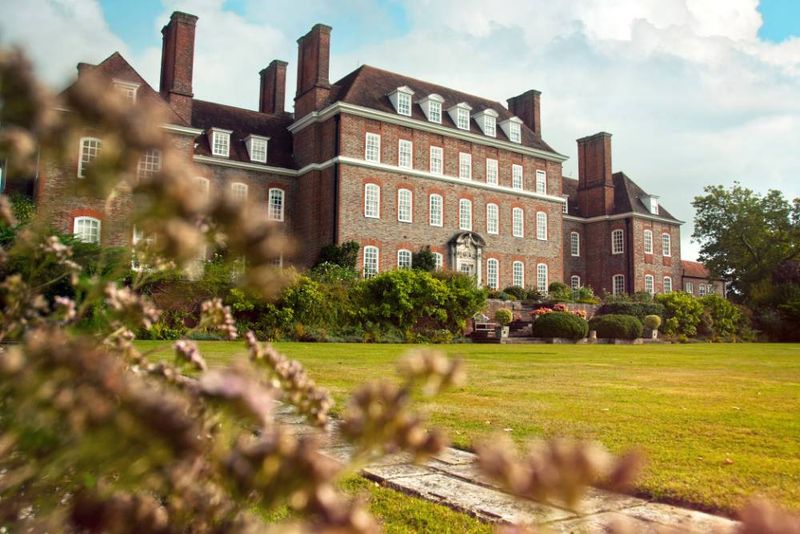
With secret doorways and walled gardens, Great Maytham Hall could convince anyone that magic is real. Frances Hodgson Burnett discovered her Secret Garden here.
How many dusty keys and overgrown corners once fueled her imagination? The manor’s rose gardens still burst with color, and the air feels thick with stories waiting to be told.
Great Maytham Hall invites visitors to rediscover childhood wonder. It’s a radiant reminder that hidden beauty can thrive anywhere and that home is sometimes the best inspiration of all.
13. Dove Cottage (William Wordsworth)

Dove Cottage hums with the quiet delight of Wordsworth’s poetry. Are you picturing daffodils nodding in the Lake District breeze?
Inside, low-beamed ceilings and stone floors echo tales of friendship and the rhythms of rural life. Wordsworth and his sister Dorothy crafted verses that celebrate nature’s small miracles.
This cottage is a testament to simple joys and the power of observation. Visitors often leave with a new appreciation for the everyday beauty that surrounds them. I always sense a rare peace in its tranquil rooms.
14. Sissinghurst Castle (Vita Sackville-West)

Quirk and elegance meet at Sissinghurst Castle, where Vita Sackville-West shaped both gardens and novels. The iconic tower rises above endless blooms—a personal paradise.
Are there any other literary gardens as famous? Sackville-West’s creative energy fills every room and pathway. She wrote about love, identity, and nature, inspired by this living canvas.
Sissinghurst is a pilgrimage for garden enthusiasts and book fans alike. The landscape changes with the seasons, but the imaginative spirit remains as vibrant as ever. I always find inspiration beneath its roses.
15. Mark Twain House (Mark Twain)
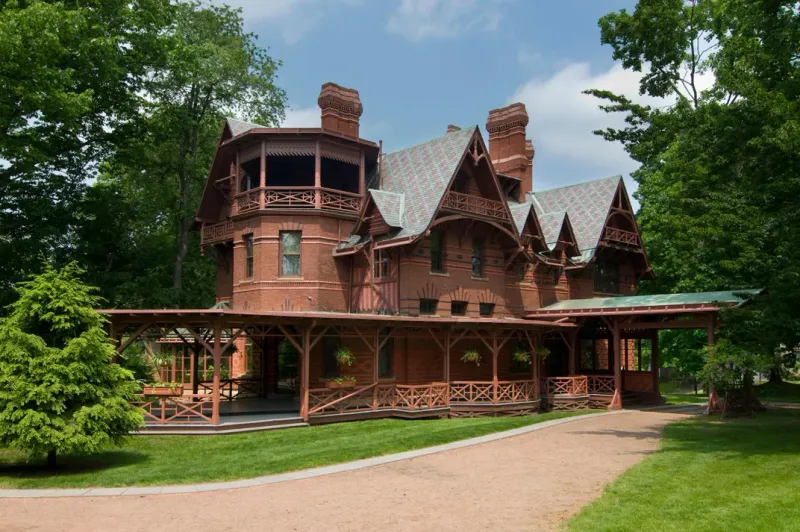
It’s impossible to visit the Mark Twain House without feeling a spark of adventure. Here, Samuel Clemens—better known as Mark Twain—gave life to Tom Sawyer and Huck Finn.
The house is a Victorian masterpiece. Turrets, stained glass, and bustling parlors reflect Twain’s humor and wit. I imagine him pacing, stories swirling, laughter ringing from every corner.
Today, every tour feels like stepping into one of Twain’s playful escapades. The home is a celebration of American storytelling, forever echoing with laughter and tall tales.
